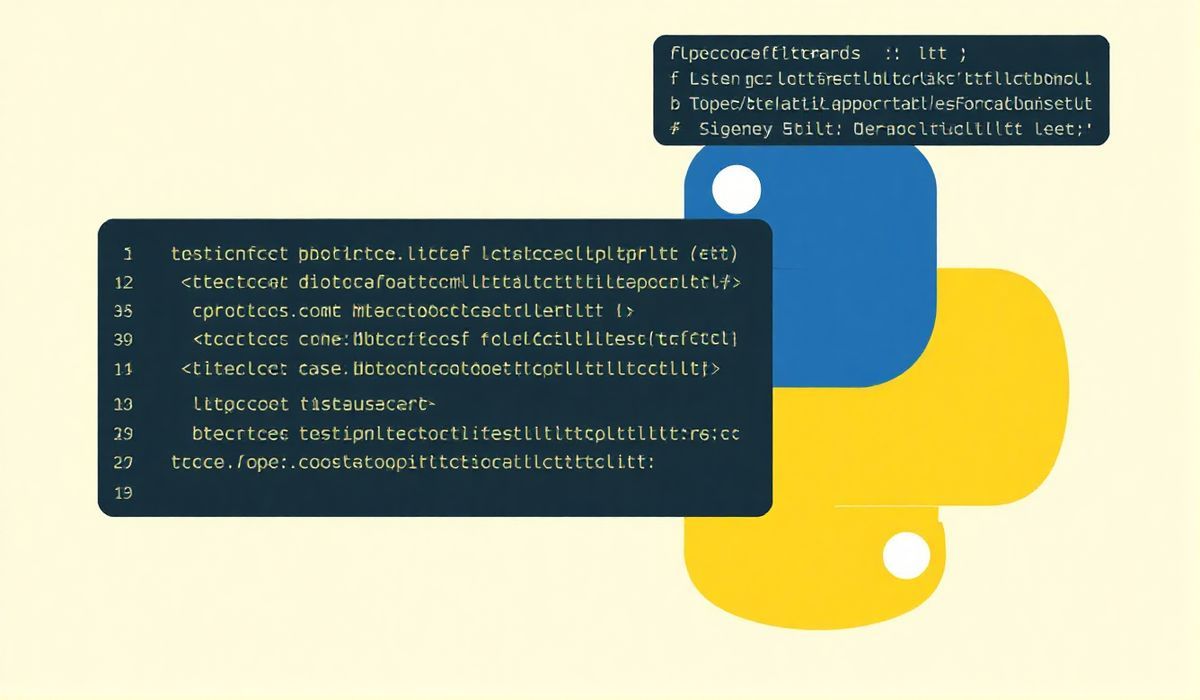Comprehensive Guide to Optuna for Hyperparameter Optimization
Optuna is an automatic hyperparameter optimization framework designed with a versatile architecture, making it suitable for optimizing machine learning algorithms as well as computational routines used in software frameworks. It offers an easy-to-use and flexible interface to design optimization tasks and offers superior performance. In this blog post, we will walk through various APIs offered by Optuna, covering their functionalities and usages through code snippets.
Installing Optuna
pip install optuna
Creating a Simple Study
A study in Optuna is used to optimize an objective function. Below is a simple example of creating a study and optimizing a quadratic function.
import optuna
def objective(trial):
x = trial.suggest_float('x', -10, 10)
return (x - 2) ** 2
study = optuna.create_study(direction='minimize')
study.optimize(objective, n_trials=100)
print(study.best_params)
Suggesting Hyperparameters
Optuna provides different methods for suggesting hyperparameters:
suggest_float
def objective(trial):
lr = trial.suggest_float('lr', 1e-5, 1e-1)
return model_objective(lr)
suggest_int
def objective(trial):
n_layers = trial.suggest_int('n_layers', 1, 5)
return model_objective(n_layers)
suggest_categorical
def objective(trial):
optimizer = trial.suggest_categorical('optimizer', ['adam', 'sgd'])
return model_objective(optimizer)
Using the Trial Object
The trial object is used to obtain parameter suggestions and report intermediate values:
def objective(trial):
x = trial.suggest_float('x', -100, 100)
intermediate_value = (x - 50) ** 2
trial.report(intermediate_value, step=1)
if trial.should_prune():
raise optuna.TrialPruned()
return intermediate_value
Pruning Unpromising Trials
Optuna can stop unpromising trials early to speed up the optimization:
import optuna
def objective(trial):
x = trial.suggest_float('x', -10, 10)
y = trial.suggest_float('y', -10, 10)
z = (x - 2) ** 2 + (y - 3) ** 2
trial.report(z, step=1)
if trial.should_prune():
raise optuna.TrialPruned()
return z
study = optuna.create_study(direction='minimize')
study.optimize(objective, n_trials=100)
print(study.best_params)
Visualizing Results
Optuna provides various visualization tools:
Visualizing Optimization History
from optuna.visualization import plot_optimization_history plot_optimization_history(study).show()
Visualizing Parameter Importance
from optuna.visualization import plot_param_importances plot_param_importances(study).show()
Complete Application Example
Here’s a complete application example using multiple Optuna APIs:
import optuna
from optuna.visualization import plot_optimization_history, plot_param_importances
def nn_objective(trial):
lr = trial.suggest_float('lr', 1e-5, 1e-1)
n_layers = trial.suggest_int('n_layers', 1, 5)
optimizer = trial.suggest_categorical('optimizer', ['adam', 'sgd'])
# Define and train your neural network model here
accuracy = train_and_evaluate_nn(lr, n_layers, optimizer)
return accuracy
study = optuna.create_study(direction='maximize')
study.optimize(nn_objective, n_trials=50)
print('Best hyperparameters:', study.best_params)
# Plot and show visualization results
plot_optimization_history(study).show()
plot_param_importances(study).show()
With the above information, you can effectively use Optuna to optimize hyperparameters for various machine learning models and other computational routines.
Hash: 937d6b759d0ddccf67e230f4376a33c9f3ea99f35642bc020130813b628931e9




